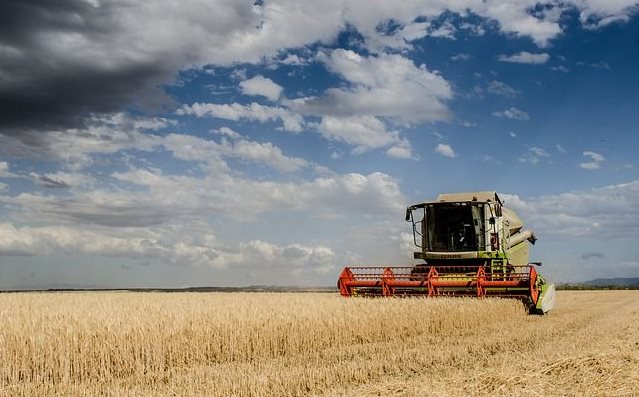
This means elevated interest rates for a bit longer as the risks to the inflation outlook are still assessed to the upside. The rate hike comes at a time when agriculture faces serious headwinds that include persistent load shedding, infrastructure and logistics challenges, and higher input costs that may wipe out profit margins and impede growth.
The higher interest rates and elevated inflation erode farm profit margins and liquidity which may constrain farmers’ ability to service debt and further limit production expansion. While commodity prices in general have been relatively high, input costs have also risen sharply and quickly by double-digit numbers thus squeezing margins.
Load shedding has caused havoc in the agriculture sector and any further deterioration in electricity supply in the medium to longer term may necessitate production cutbacks and consequently a domestic supply crunch for certain commodities such as poultry. While a domestic supply deficit is normally met through imports, they may also come at a huge cost given the weaker rand exchange rate and the avian-induced strength in international prices.
The overall impact is margin compression in the agriculture sector and farmers may struggle to reach a break-even point or even post negative margins which may necessitate debt restructuring and more indebtedness.
While higher commodity prices have previously countered the impact of rising interest rates on land values, the situation might turn negative should interest rates remain elevated for longer in a high input cost and the disruptive (power failures, infrastructure decay) operating environment.
Additionally, the weather outlook has turned negative with a sharp decline in the La Niña conditions and the subsequent emergence of El Niño pattern for the months ahead which spells a potential disaster for agriculture if it materialises. Hopefully, the El Niño pattern that is currently in the forecast will dissipate later in the year. Nonetheless, the near-term rainfall forecasts indicate potential rains across the producing areas in the next few weeks which will be beneficial for the growing crops after the recent heat wave in some areas.